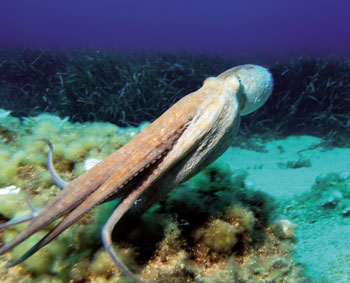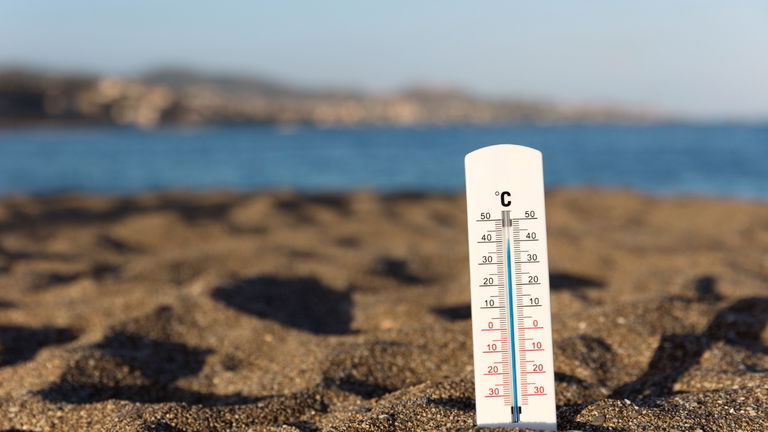Imitating the octopus propulsion system

The Fraunhofer Institute in Germany has analysed the pulp propulsion system in order to imitate them. Octopuses move for most of the time at the bottom of the sea and when they are in danger they set up a special propulsion system. Through it, they quickly absorb a lot of water through a tube that's under the skin, and this water is thrown almost instantly by a hole that they have in their abdomen. Through this system they achieve a very high speed and are also capable of evacuating the water in the desired direction and, therefore, of moving it to where they want.
At the Fraunhofer Institute they have imitated the movement of octopuses with a diameter of 20 centimeters and a length of four centimeters, placing a piston with a plunger at four balloons. The whole system has been created through a 3D printer which, according to the researchers, has many advantages over conventional ones. On the one hand, having no propellers, it does not harm the marine fauna so much and, on the other, it generates less pollution.
This weekend I've been thinking about the word 'aesthetic' in relation to a phrase said by a friend: “This work is aesthetic.” I have studied the etymology of the word aesthetic, it seems that its meaning was originally perceived through the senses, and it was later associated... [+]
Life surrounds everything, it is limited and fragile. To live good lives, it seems to me that the body knows what to do, while the mind, although it knows (when it is well informed), often sees the body deliberately silence. In this silence the mind opens itself to relations... [+]
The consumerist culture we live in sends every user to an unreasonable enjoyment. As Slavoj Zize says, Enjoy your fetish, it has become the rude mandate of hypermodernity. Current enjoyment is carried out through existing technological devices to occupy the place of fetish. But... [+]























